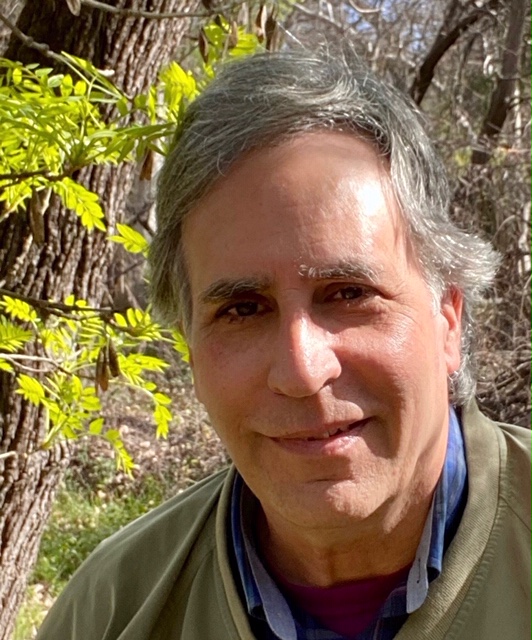In a tour de force of reductionism, neuroscientist Eric Kandel, author of “In Search of Memory,” asserts that the mind is simply “a set of operations carried out by the brain.” Like all reductionism, that’s true up to a point, but beyond a point it becomes a reductio ad absurdum.
In unequivocal language, Kandel describes the coup neuroscience is attempting to stage over philosophy: “Our generation of scientists are translating abstract philosophical questions about mind into the empirical language of biology.”
Not so fast. What neuroscientists are actually doing is raising old philosophical questions in a new way, while hubristically believing they’re definitively answering them.
For example, neuroscience is bringing to a head one of the oldest and most difficult questions of all: What is the mind?
In his speech receiving the Nobel Prize for Physiology or Medicine in 2000, Eric Kandel said he accepted the award for taking “the first steps in linking mind to molecules.” Fair enough, if you use the circular logic that the mind is only the “set of operations carried out by the brain.”
Completing the circle, Kandel says that the brain “is an astonishingly complex computational device that constructs our perceptions of the external world, fixes our attention, and controls our actions.”
That’s undeniably half true, but like all half-truths, it’s deeply misleading. I would argue that accepting Kandel’s definition of mind denies another meaning altogether of mind, and severely limits the capacity of the human brain.
Advertisement - scroll to continue readingReductionism is the right principle for science, but not for life and living. Life cannot be reduced to its constituent parts, because life is not formed out of constituent parts.
Diversity arises from wholeness, not from particularity. The notion that life can be reduced to its “basic building blocks” is a fundamental philosophical mistake of many scientists, who project the basic premise of thought—separation—onto the seamless wholeness of nature.
What is the distinction between mind-as-thought, and mind without thought? That distinction, in actuality rather than theory, makes all the difference, not just to philosophy of mind, but in how we live.
The meditative state is a radically quiet mind, a mind not engaged in thinking and thought. Therefore it is qualitatively different from the mind of thought, which is a continuity of recording and associating memories, most of them useless, impediments to direct perception.
Without fabricating another duality, it’s essential to be clear which order of mind we’re talking about. The mind as we know it has generated the division and darkness within ourselves and in the world, whereas the attentively silent mind is the remedy for division and darkness. There is no duality, since when the mind-as-thought is negated, the silent, awakened mind comes into being.
Kandel and other neurobiologists are investigating the mind and consciousness based on thought. The mind in meditation cannot be reduced and investigated as a separate thing. It’s beyond the reach of science.
Human beings see the existential (as opposed to extensional) limits of science. Science obviously has an important place in human life, but science is not the be-all and end-all of life. Science is the highest use of thought, but science leaves off with the silent and empty mind. A deeply quiet mind has no meaning for science and no use for society.
In scientific terms, the operating system that runs the machinery of thought in the brain is the separate observer/self. Therefore the first thing to question and observe is the observer itself.
Ironically, neuroscience is showing that the supposedly separate observer and permanent self are fictions, mental tricks the brain devised to process, organize and control information stored in memory, which have run amok in the modern world.
So effortlessly ending the infinite regress of the separate observer within oneself is the beginning of meditation. By passively but intensely watching the watcher, the ancient habit of separation ends, and attention grows and quiets the content of consciousness. One observes thoughts and emotions directly as they arise, without the judgment and interpretation of the observer/self. In doing so, the mind falls still and the heart grows peaceful.
The deeply silent mind comes into contact with something that can only be called sacred. But that quality of otherness only comes with the complete and unforced stillness of the mind as we know it, the mind of thought.
The green waters of the reservoir are like glass. On the surrounding ridges, motionless pines tower over the man-made lake, and reflect off the surface of the water with mirror-like sharpness.
There isn’t a trace of a breeze. It’s so quiet that you can hear footfalls across an inlet a quarter mile away. The place is an echo chamber for the cosmos. Listening intensely, one’s mind grows completely quiet, and the sacred is felt.
All sound occurs in silence, but we rarely feel silence because the inner and outer noise of man is so dominant. The perception and reception of the sacred requires a very still, empty mind.



 Binoy Kampmark: The Selling Of America - Ending The US Dollar’s Exorbitant Privilege
Binoy Kampmark: The Selling Of America - Ending The US Dollar’s Exorbitant Privilege Frances Palmer: Remembering Vietnam And Cambodia 50 Years On During ANZAC Week
Frances Palmer: Remembering Vietnam And Cambodia 50 Years On During ANZAC Week Binoy Kampmark: Euphemistic Practices - The IDF, Killing Aid Workers And Self-Investigation
Binoy Kampmark: Euphemistic Practices - The IDF, Killing Aid Workers And Self-Investigation Gordon Campbell: On The Left’s Electability Crisis, And The Abundance Ecotopia
Gordon Campbell: On The Left’s Electability Crisis, And The Abundance Ecotopia Ramzy Baroud: French Contradictions | Macron's Palestine Play - Too Little, Too Late?
Ramzy Baroud: French Contradictions | Macron's Palestine Play - Too Little, Too Late? Martin LeFevre - Meditations: Easter Reflections
Martin LeFevre - Meditations: Easter Reflections